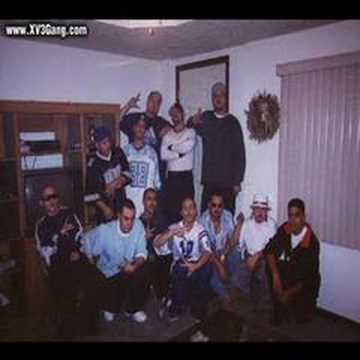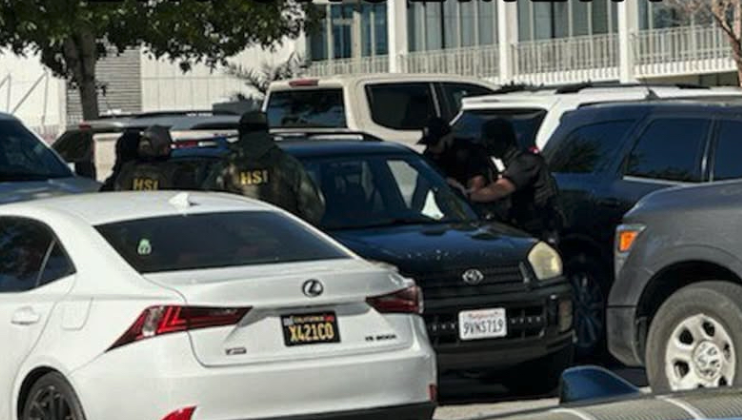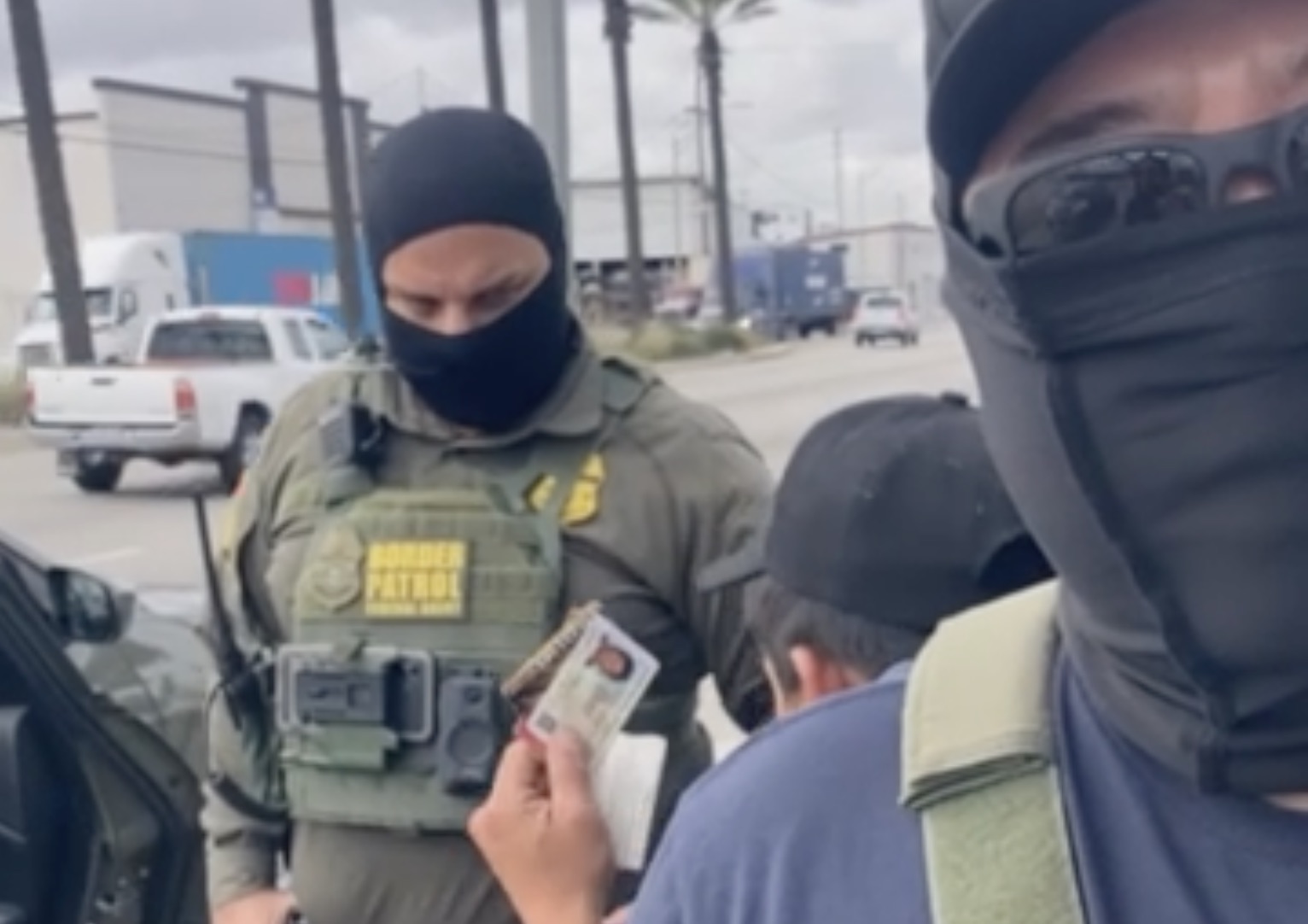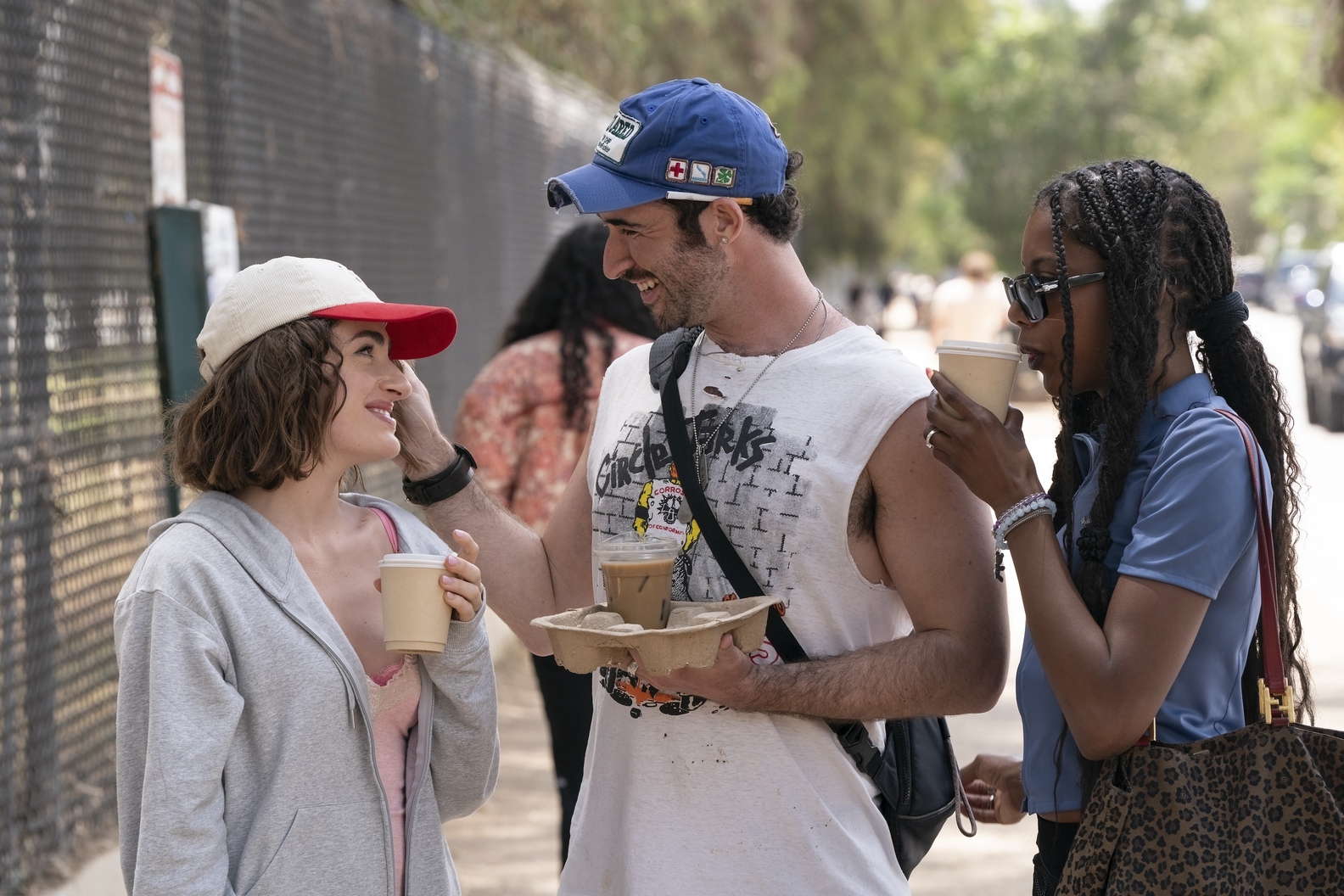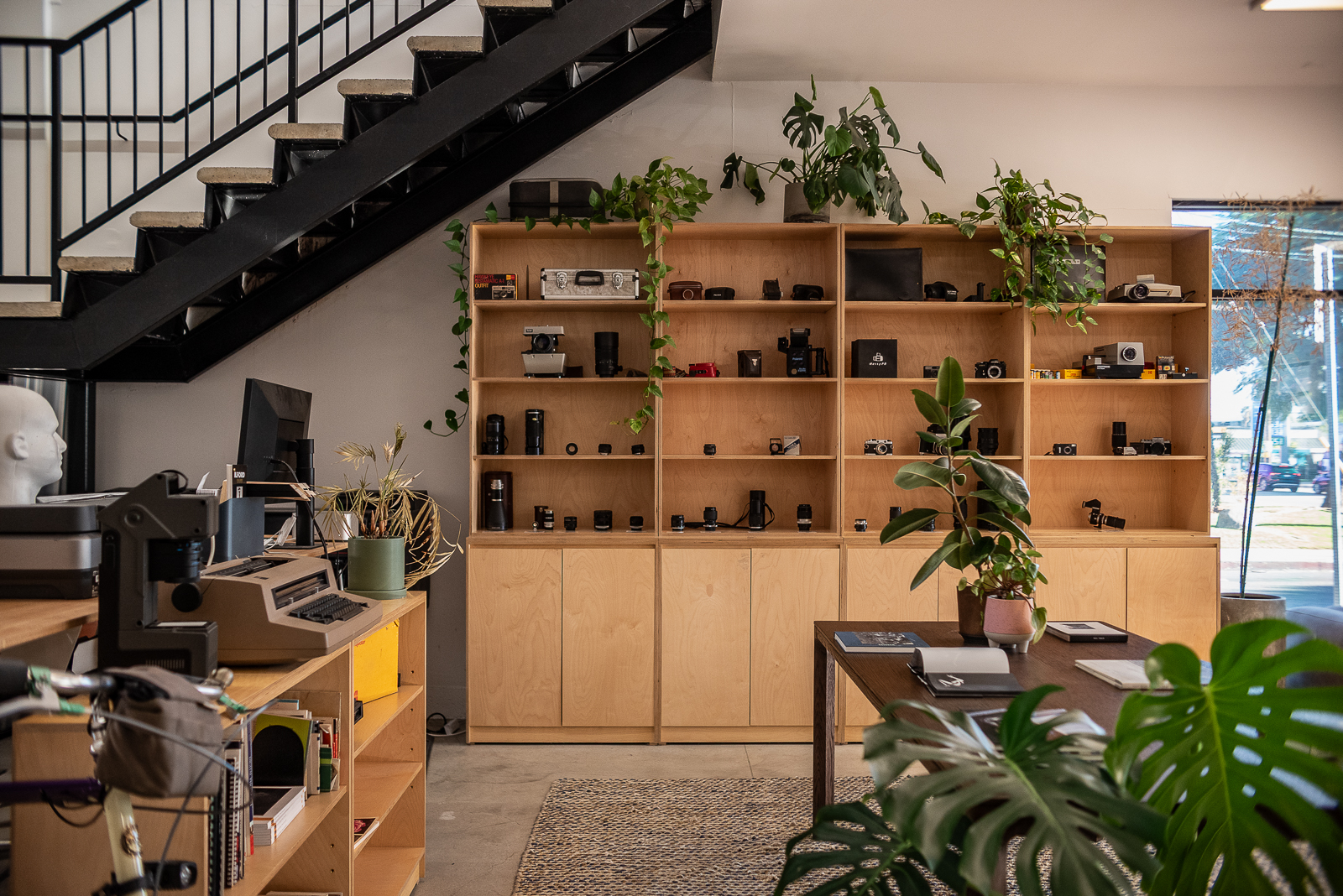From TRAV13SOTE
"The 18th Street Gang...
It is the biggest and deadliest street gang to rise from the nation's gang capital, reshaping Los Angeles' criminal underworld.
With as many as 20,000 members in Southern California alone, the gang called 18th Street is 20 times the size of the region's typical gang, dwarfing even the notorious Bloods and Crips.
"We recognize them as one of the most violent street gangs and one of the most prolific in the United States," says George Rodriguez, who until his retirement this month oversaw investigations for the federal Bureau of Alcohol, Tobacco and Firearms.
A band of unruly outcasts when it formed in the 1960s, 18th Street has become an ominous prototype. Although primarily Latino, 18th Street has broken with gang tradition, opening its ranks to comers of all races from many working-class neighborhoods in a calculated move to boost its numbers. Its primary recruitment targets: immigrant youngsters.
Wherever 18th Street surfaces, the quality of life inevitably suffers, bringing despair to residents and presenting law enforcement authorities with challenges they seem unable to conquer.
Cars are stolen, homes burglarized. On average, someone in Los Angeles County is assaulted or robbed by 18th Streeters every day. The gang has left a bloody trail of more than 100 homicides in the city of Los Angeles since 1990 -- a pace three times that of many of the city's most active gangs.
Police say 18th Street -- with its tight ties to the Mexican Mafia prison gang -- has become so influential in narcotics circles that it now deals directly with the Mexican and Colombian cartels. Eighteenth Street also has pioneered a disturbing trend in gangs: renting street corners -- sometimes in hourly shifts -- to non-gang dope peddlers, who are forced to pay "taxes."
"They're worse than a cancer. A cancer you can kill. These guys keep growing," says gang expert Gabriel Kovnator of the California Youth Authority, where 18th Streeters constitute the largest group of gang members in custody.
Although 18th Street's primary impact has been in central Los Angeles County, the gang has taken root on the Westside, the San Gabriel Valley, Orange County, the South Bay and the San Fernando Valley. Transplanted 18th Streeters also have exported their criminal ways to other states and countries.
In Utah, officials say 18th Street has arrived with a vengeance.
"Within the past two or three years, I've heard more and more gang cops telling me, '18th Street, 18th Street,'" says Sgt. Ron Stallworth, the state's top gang intelligence officer. "If these guys are here to the extent we think they are, we have to extend some very serious resources to get our ducks lined up."
Eighteenth Street has become the largest and fastest-growing gang in Oregon. Its members have tried to assert control over the state prison narcotics trade and are blamed for one of Salem's worst gang slayings: A 15-year-old 18th Streeter, who wanted out, was gunned down by his homeboys.
"It's just phenomenal what's happening here [with the gang]," says Ron Weaver of the Oregon Youth Authority.
In El Salvador, church leaders have been working to broker a truce between 18th Street and its rivals. Authorities from Honduras, meanwhile, recently visited Los Angeles seeking advice from law enforcement on the gang.
"Eighteenth Street is like a many-headed hydra," says Assistant U.S. Atty. Gregory W. Jessner, who oversees a prosecutorial task force targeting the gang."
